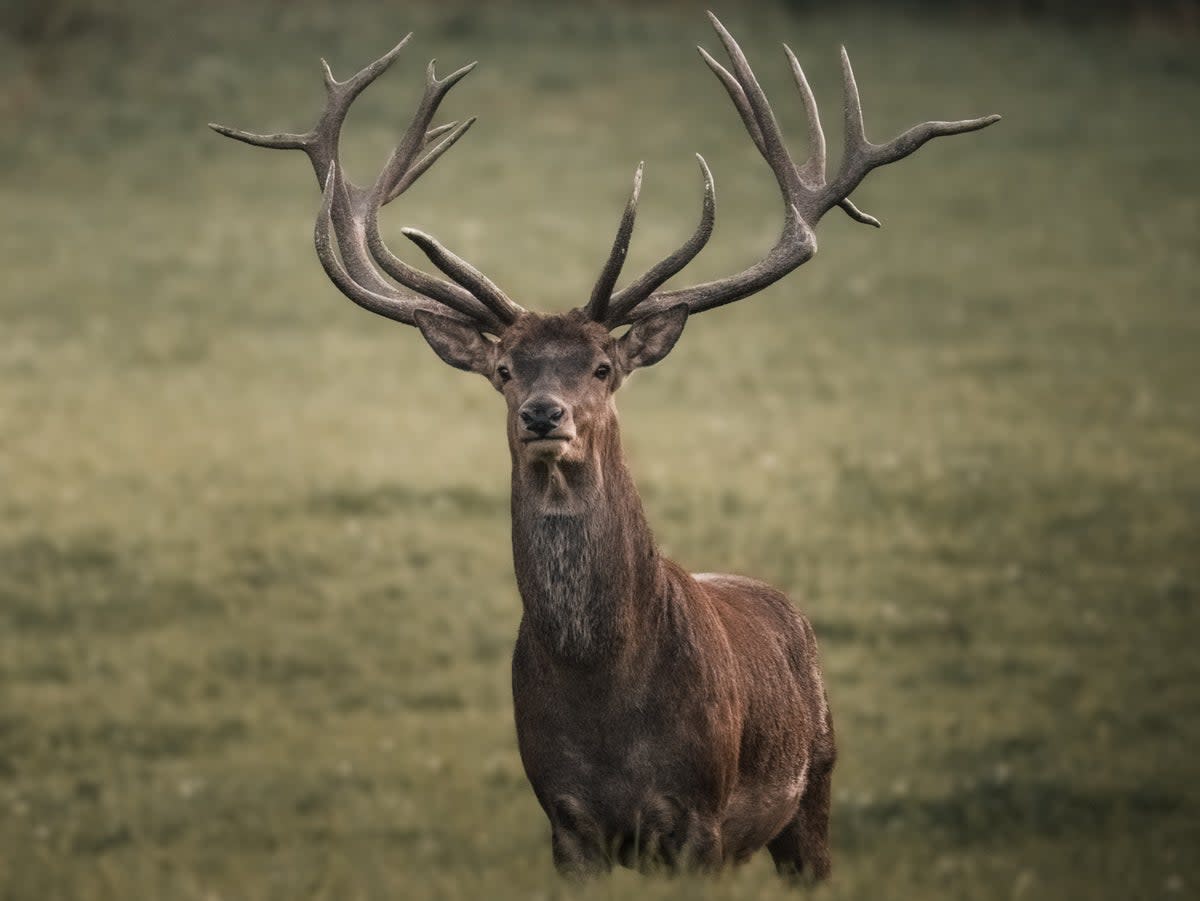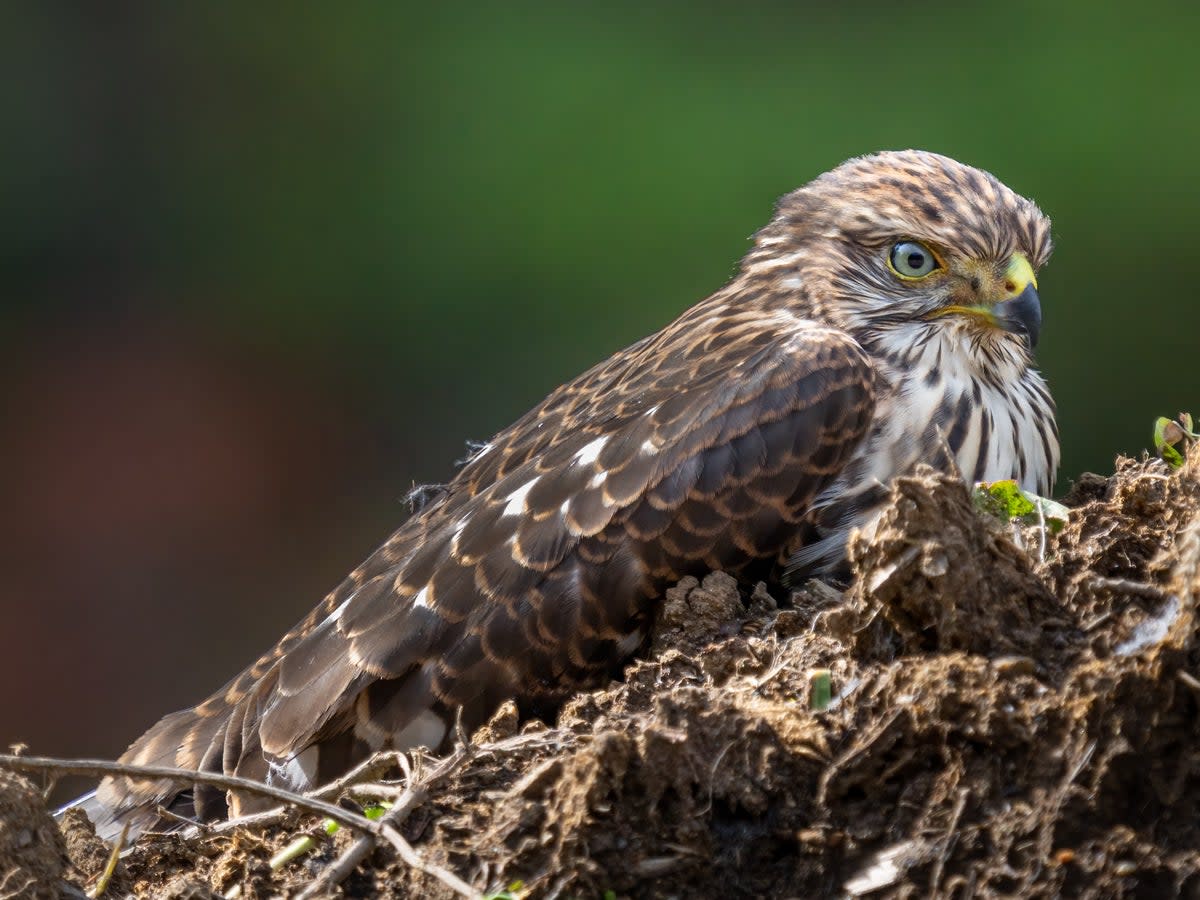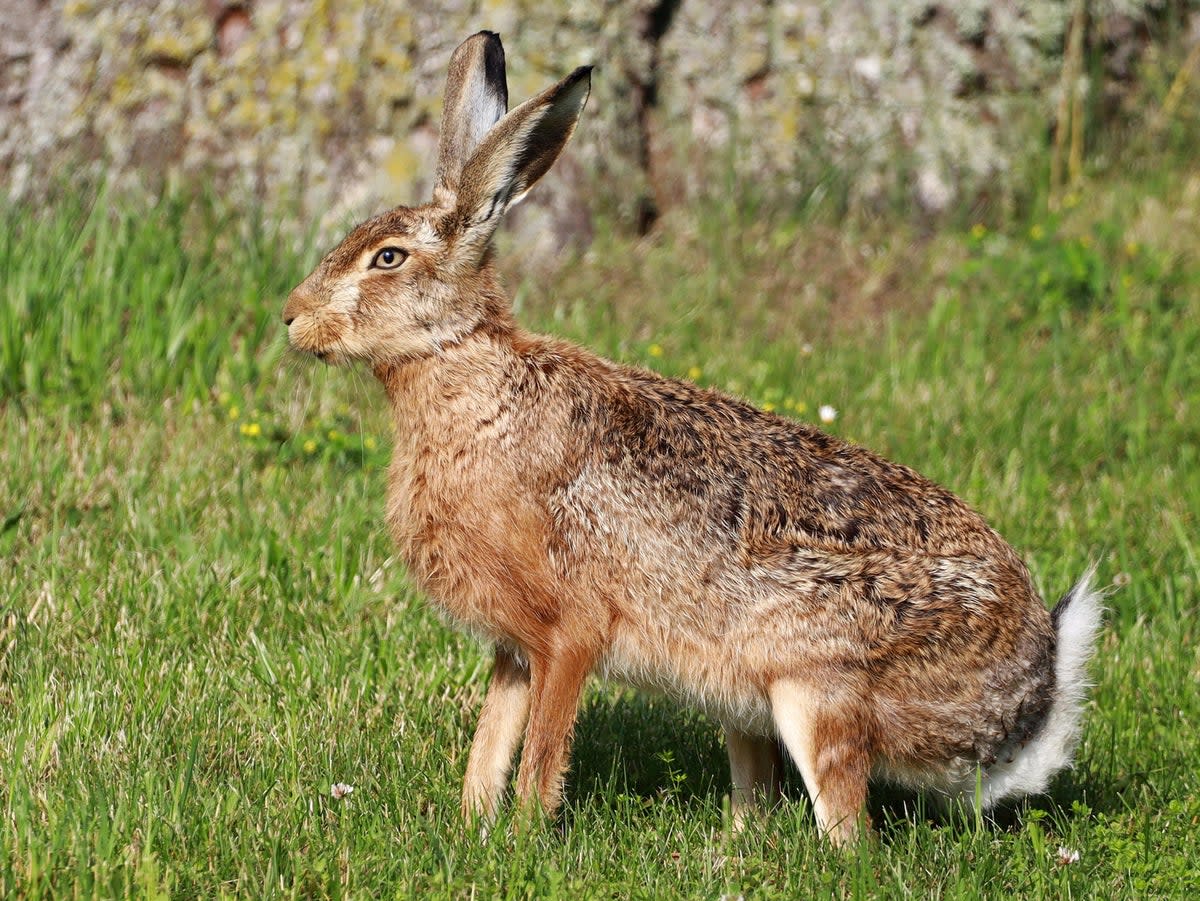Wildlife criminals linked to violent crime, drugs and firearms, study claims

Criminals who commit offences against wildlife are often linked to violent crime, drugs and firearms offences, a new study has claimed.
Academics warn that criminal gangs are diversifying from activities such as drug or human trafficking into the illegal wildlife trade, because they consider the risk of being caught low and profits high.
Wildlife crime includes a broad range of offences including the poaching of deer and fish, badger baiting, hare coursing and the ivory trade.

The study, commissioned by the International Fund for Animal Welfare (Ifaw) and written by criminologists at Nottingham Trent and Gloucestershire Universities, was based on first-hand accounts from experts in the field and officers from 16 police forces and earlier academic studies.
The report’s authors say a “disturbing connection” has been shown between animal abuse and violent offending, and highlights other research suggesting that 70 percent of people found guilty of animal abuse have committed other crimes.
The study found:
Four in five of police forces that responded said wildlife crime was linked to theft and dishonesty offences
Half believed wildlife crime was connected to firearms or violent crime
A further 38 per cent linked wildlife crime to drugs
One police respondent wrote: “There are proven links between offences committed against animals and violence towards humans, with offenders eventually moving from animals to commit violent crime against humans.”
The report says links with organised crime mean wildlife crime has “a very negative effect” on communities.
“People living in areas where hare coursing and badger digging and baiting occur, for example, have been subjected to intimidation and destruction of property,” it says.

One interviewee said: “Hare-coursing gangs are violent, are often violent criminals. They’ll seriously threaten farmers.
“Farmers come across them on their land and the farmers are left in no doubt that if they phone the police straight away, they and their farm are in serious, serious trouble in the near future… absolutely credible threats of that.”
Every year thousands of animals including hares, bats and birds of prey are illegally poisoned, trapped and attacked.
But crimes go under the radar because police are not obliged to report them to the Home Office so accurate figures are impossible, the report warns.
Chief Inspector Kevin Kelly, head of the National Wildlife Crime Unit, said: “I have first-hand experience of organised crime groups who are exploiting animals and people to make ill-gotten financial gains… and I have sadly seen the levels of cruelty and barbarity shown towards animals that far exceed my worst fears.”
The academics say despite government claims that wildlife crime is a priority, recommendations from the United Nations Office on Drugs and Crime and Law Commission on how to tackle it have not been implemented. Many of the police forces that responded to the study said it was not seen as a priority for them.
The Independent has asked the government to comment.
